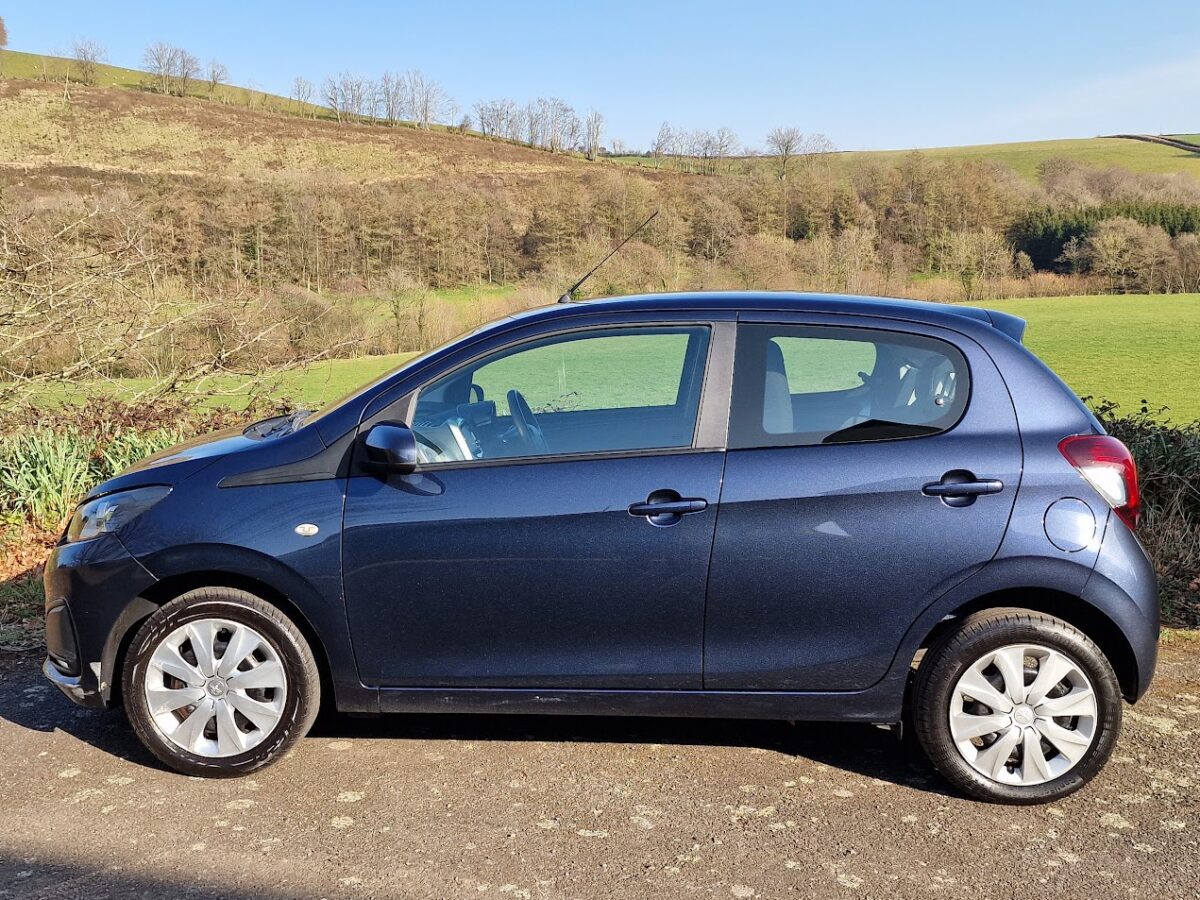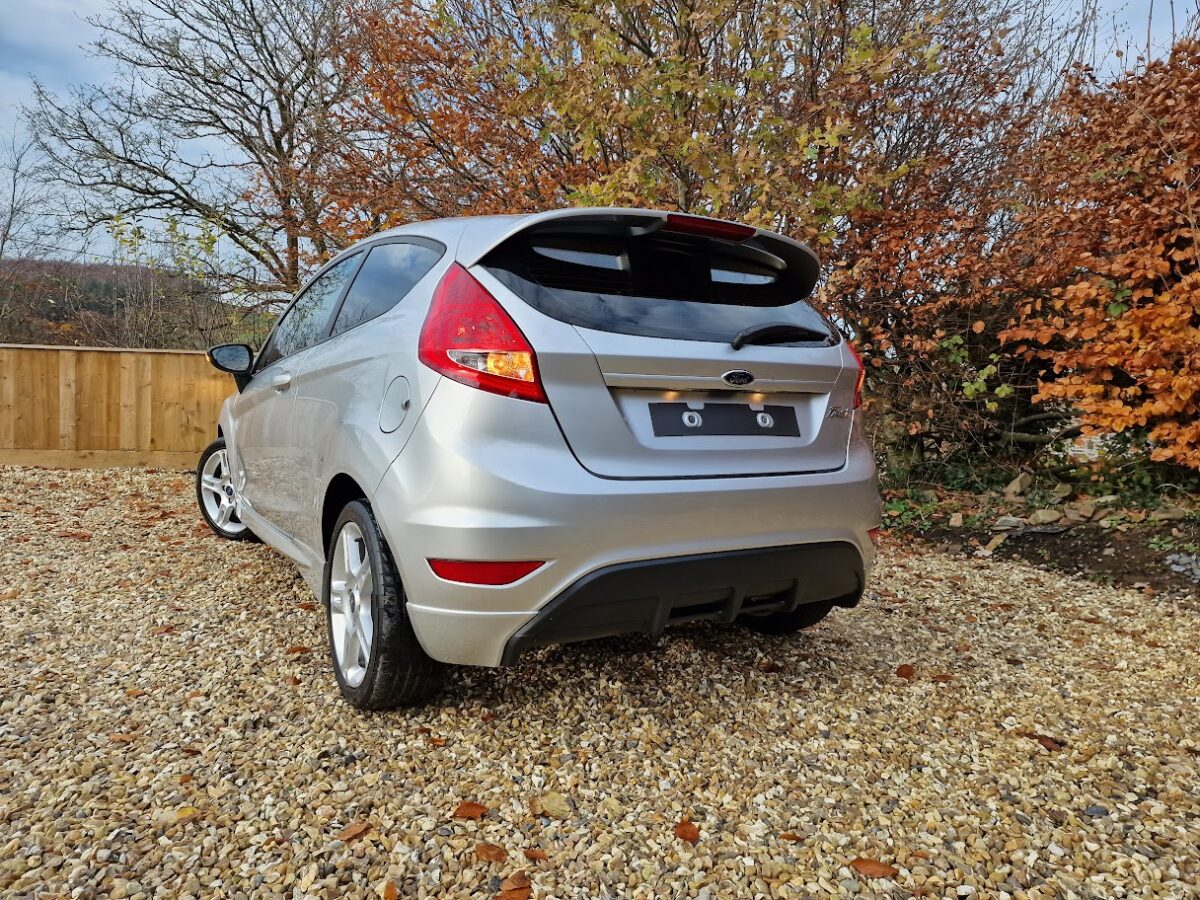Citroën C1 for Sale: the cheerful city car that redefined affordable driving
The Citroën C1 for sale today might look like a modest little hatchback, but its story — and its staying power — tell a different tale. Built on one of the most successful small-car platforms of the last two decades, the C1 has earned a loyal following for its mix of practicality, charm, and bulletproof reliability. It’s the car that turns short commutes into light-hearted jaunts and running costs into afterthoughts.
A platform built on partnership
To understand the Citroën C1, you need to know the roots. It shares its platform with the Peugeot 108 and Toyota Aygo, all developed under the PSA–Toyota joint venture at the TPCA plant in Kolín, Czech Republic. The result? Three city cars with shared mechanical brilliance, each wearing its own national character. The C1, true to Citroën tradition, embraced fun — rounded design cues, quirky interiors, and that unmistakable French playfulness that never takes itself too seriously.
Engines and mechanical simplicity
The C1’s charm isn’t just skin-deep. Beneath the bonnet sits Toyota’s famously robust 1.0-litre three-cylinder engine — a masterpiece of simplicity and reliability. With no turbo, no direct injection, and a reputation for clocking up six-figure mileages without complaint, it’s a motor built for longevity. Later versions introduced a 1.2-litre PureTech option for those wanting a touch more pull, but most buyers adore the 1.0’s lightness and ease of maintenance.
- Low running costs: expect over 55mpg in mixed driving.
- Affordable tax: many models qualify for low annual road tax.
- Cheap insurance: typically among the lowest insurance groups in the UK.
- Proven reliability: Toyota engineering underpins the drivetrain, making it one of the most dependable small cars ever built.
Variants, trims and body styles
From its 2005 debut to the final production years, the C1 evolved through two generations, each offering plenty of choice. Early cars were simple, honest, and cheap to run. Later models — particularly the 2014–2022 generation — gained sharper styling, smarter cabins, and extra creature comforts like a touchscreen infotainment system, Bluetooth connectivity, Apple CarPlay, and Android Auto.
- 3-door and 5-door: choose the nimble 3-door for its sporty profile, or the 5-door for everyday practicality.
- Feel: solid essentials — great for new drivers or city commuters.
- Flair: the fun mid-range model with alloys, air conditioning and bright interior fabrics.
- Airscape: the open-top variant featuring a retractable fabric roof — sunshine motoring without the price tag.
- Urban Ride and Shine editions: stylish trims offering unique colour accents and upgraded interior finishes.
The C1 driving experience
Light steering, agile suspension and compact dimensions make the Citroën C1 perfectly suited to urban life. It breezes through tight streets, threads through gaps most SUVs wouldn’t dream of, and parks with the precision of a professional valet. The ride quality — always a Citroën strength — is supple enough to absorb city bumps yet firm enough to feel secure on motorways.
Running costs and maintenance
This is where the C1 truly excels. It’s a car designed for sensible ownership — low fuel bills, low insurance, and minimal maintenance. The engine’s timing chain requires no routine replacement, and consumables like wiper blades, tyres and brake pads are inexpensive. Even the service intervals are refreshingly simple, making it a perfect choice for drivers looking to reduce day-to-day motoring costs.
- Fuel economy: typically 55–65mpg depending on driving style.
- Insurance groups: as low as group 6 — ideal for younger drivers.
- Road tax: low or even zero on older low-emission models.
- Maintenance: widely available parts thanks to Toyota’s shared components.
Inside the Citroën C1
Despite its compact footprint, the C1’s interior is light, airy and far from basic. The high-mounted touchscreen feels modern and intuitive, while the materials, though simple, are solidly assembled. Rear seats fold flat for surprising boot capacity — enough for groceries, gym bags, or a weekend getaway. Later versions added digital displays, reversing cameras, and bright two-tone trim options that matched the car’s cheerful personality.
Reliability and owner satisfaction
The Citroën C1 enjoys an excellent reliability record, thanks in no small part to its Toyota-engineered underpinnings. It’s a car that can cover thousands of miles with minimal fuss, and its strong resale value reflects that reputation. Regular servicing and timely oil changes are all it needs to stay dependable. This is why so many used buyers keep coming back to the C1 — it just works, year after year.
Used market highlights
If you’re browsing for a Citroën C1 for sale, you’ll find a wide selection — from early 1.0-litre manuals to later automatic and Airscape models with upgraded equipment. Look for examples with a full service history, check that warning lights clear properly on start-up, and ensure the touchscreen functions correctly. The 108 and Aygo siblings share most parts, so spares and service expertise are plentiful and affordable.
Verdict: small car, big sense
The Citroën C1 for sale remains one of the most sensible used buys on the road — light, lively and laughably cheap to run. It’s the perfect antidote to oversized, overcomplicated cars. Whether you’re a first-time driver, a commuter tired of high fuel bills, or simply after a dependable runabout that still has personality, the C1 delivers in every way. Proof that sometimes, the cleverest car isn’t the biggest — it’s the one that knows exactly what you need.


